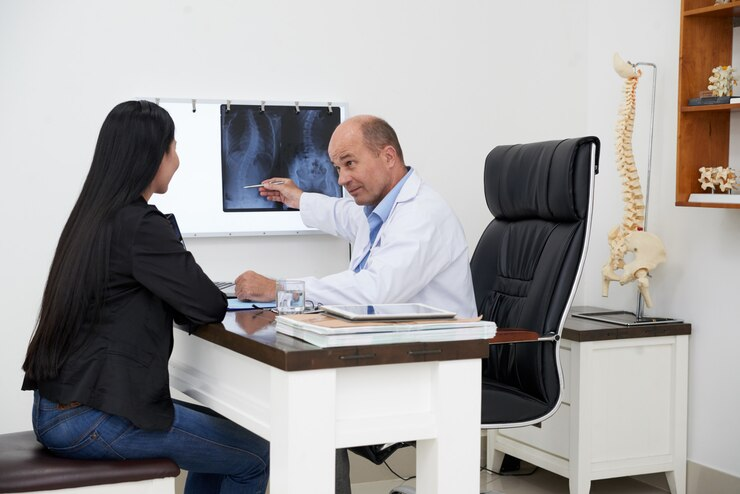Knee injuries are painful and can distort an affected person’s mobility, negatively impacting one’s daily routines. Whether sports-related, an accident, or simple wear and tear, much of the recovery greatly entails using an efficient treatment package. Knee joint injury treatment requires physical therapy, an essential part of pain management, and developing a program to help the body regain the affected joint’s function. When used alongside other types of treatment, such as medicines, physical therapy shortens the recovery duration and helps prevent further adverse effects.
Advantages of Physical Therapy on Knee Injuries
Pain Management:
Ket for movement therapists, ice, and heat treatment also form part of the tool kit for dealing with pain and inflammation by applying pressure on the soft tissues. These methods can be used alongside other traditional methods of treating knee joint injuries by using some medicine or injections.
- Improved Mobility:
Pain is normally experienced in the knee-affected area, while the knee usually feels flexibility losses after an injury. Flexible exercises and methods assist a patient in regaining a normal range of motion.
- Strength Building:
Knee trauma may be aggravated by weakness in the muscles around the knee, particularly the quadriceps and hamstring muscles. Muscle-strengthening exercises prescribed according to the severity of the knee condition guarantee that the knee is well stabilized during normal use.
- Preventing future injuries:
Physical therapy entails treating the injury but goes further than that. It also helps correct asymmetry or improper joint mechanics that, if not corrected, might pose problems in the future. Sometimes, patients learn how to prevent reinjury, for example, by gaining proper body posture, training, and exercises.
- Faster Recovery Time:
This explains why continuous physical therapy can make the healing process shorter. Before undertaking a specific date, one feels confident that one can perform routine tasks and recover quickly.
How Physical Therapy Works
A physical therapy plan may include a prescription for physical therapy, the type of therapy, and the degree of plan based on the kind of injury, extent of injury, and health status of the patient. Sometimes, early therapy may consider the client’s pain and inflammation. They say that during training, the degree of intensity changes, so over time, there is additional stress on muscles to develop flexibility, strength, power, and stamina.
In cases of trauma or after surgery, the physical therapist works with the knee injury doctor to ensure that the treatment the patient will be given is suitable for the overall rehabilitation plan. Thus, it is guaranteed that, being comprehensive, all the needs of this patient are met through the required interdisciplinary.
Conclusion
Regarding knee injuries, physical therapy is another important element of a treatment plan designed to ensure that a patient is provided with an avenue toward the restoration of his or her quality of life, with an emphasis on the treatment of different knee injuries in a way that would help support their overall physical comfort and continued physical functioning. Therefore, if you have a knee injury, including physical therapy in the course of treatment gives great outcomes and is long-term.
Our Sekiwala Pain Management Center team knows the nuances of knee injuries and caters our services according to your specifications. If you need physical therapy or a more complex knee injury treatment, we are here to help you on your journey to healing. Call today to achieve your first step to a pain-free life.

